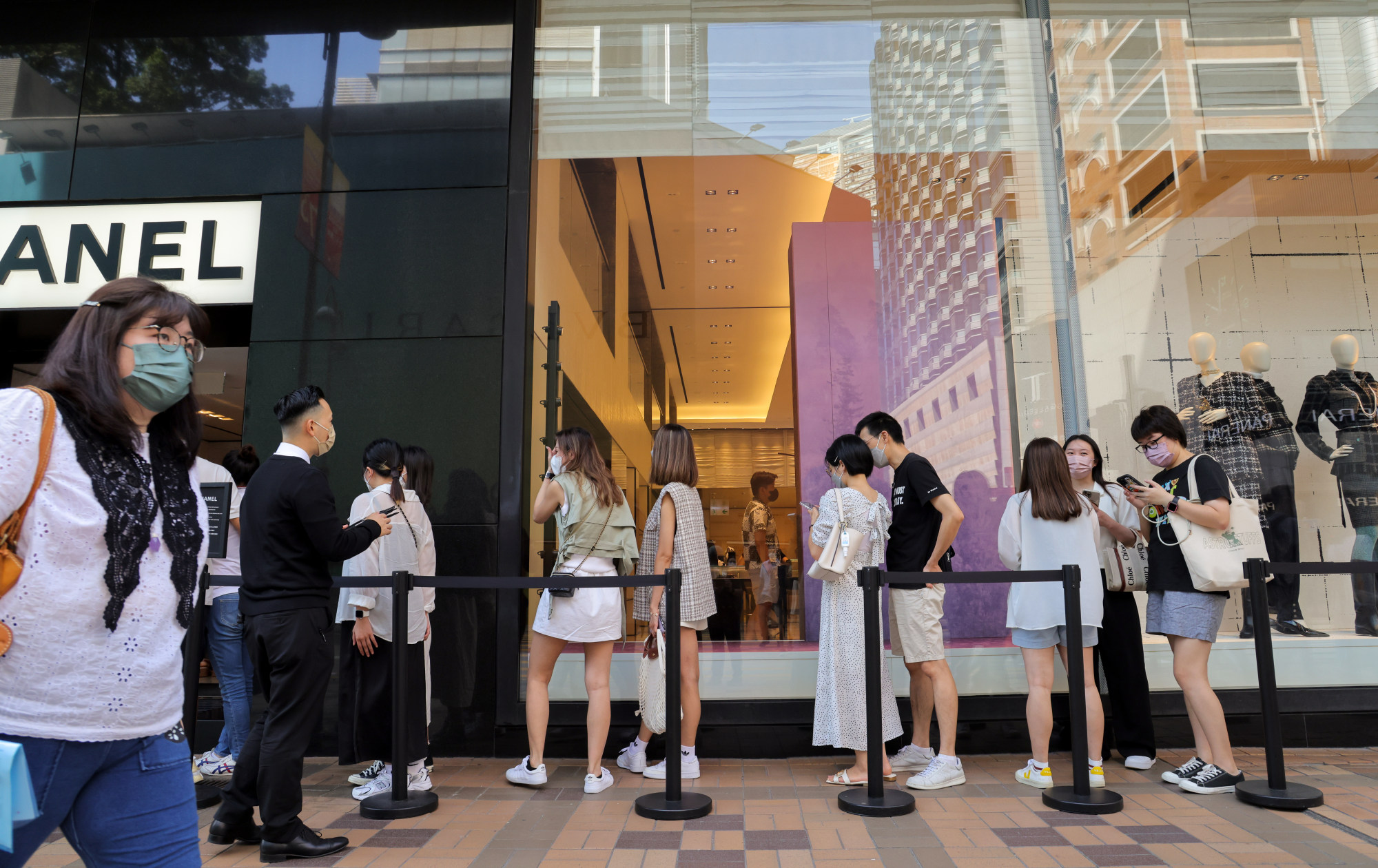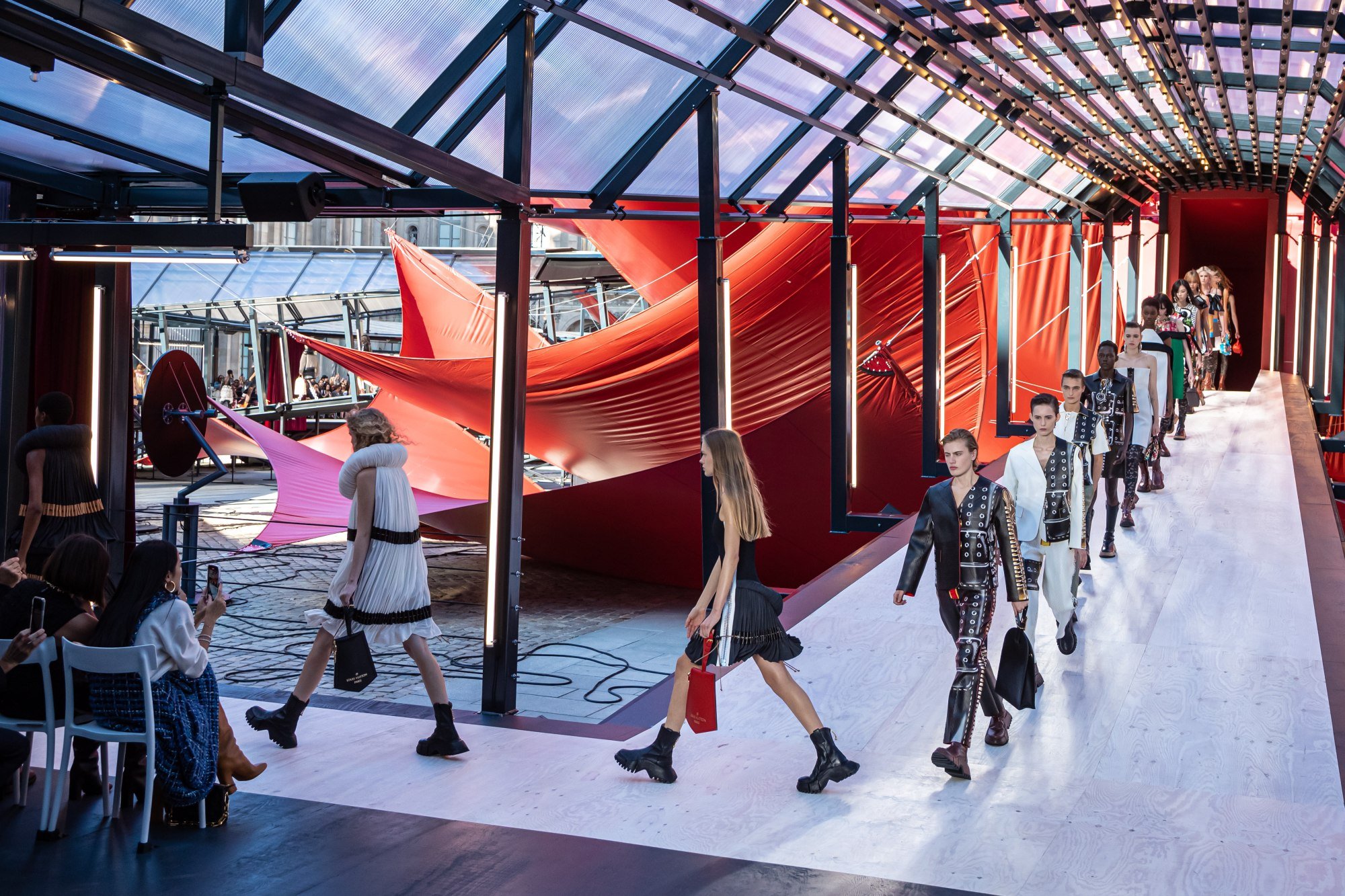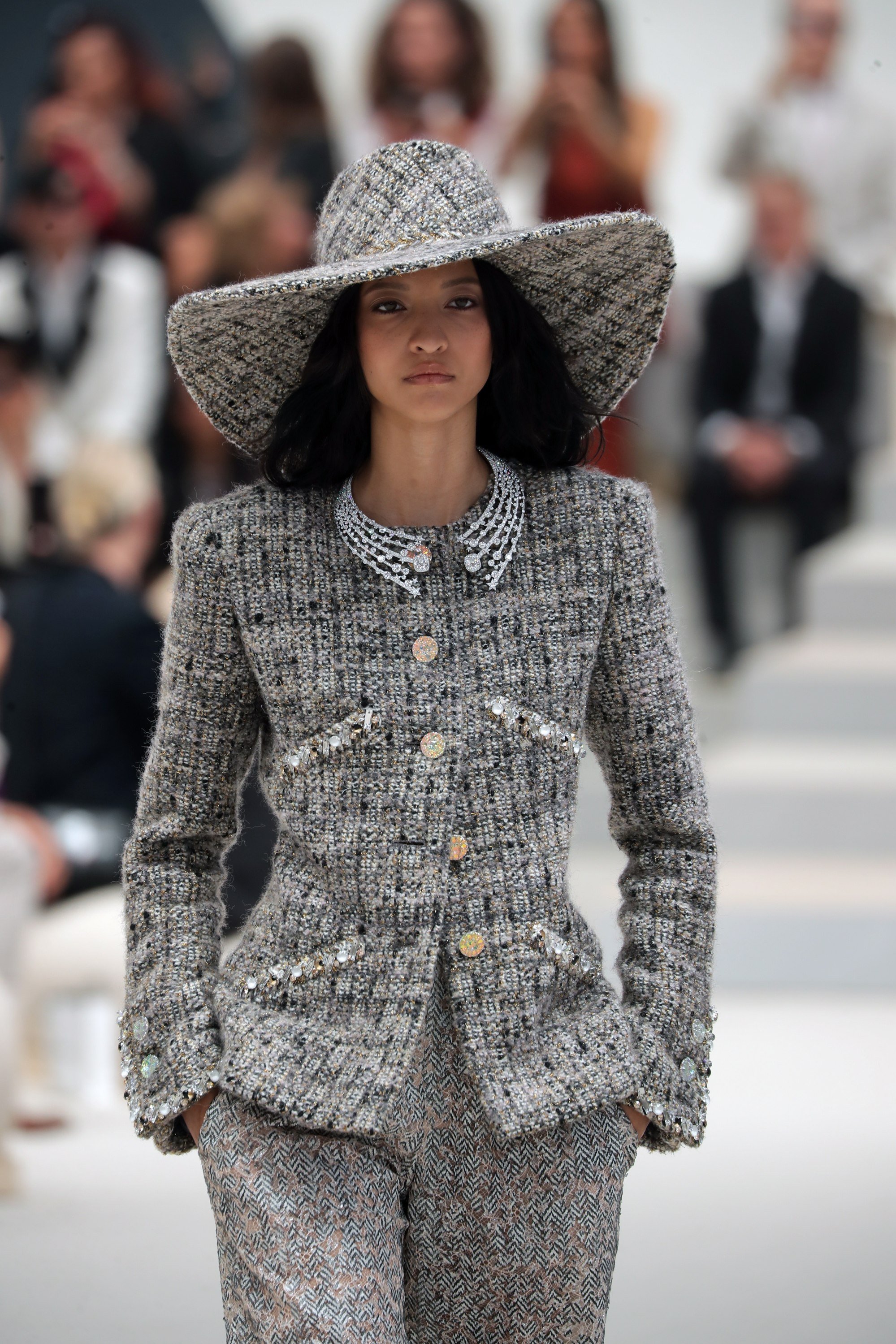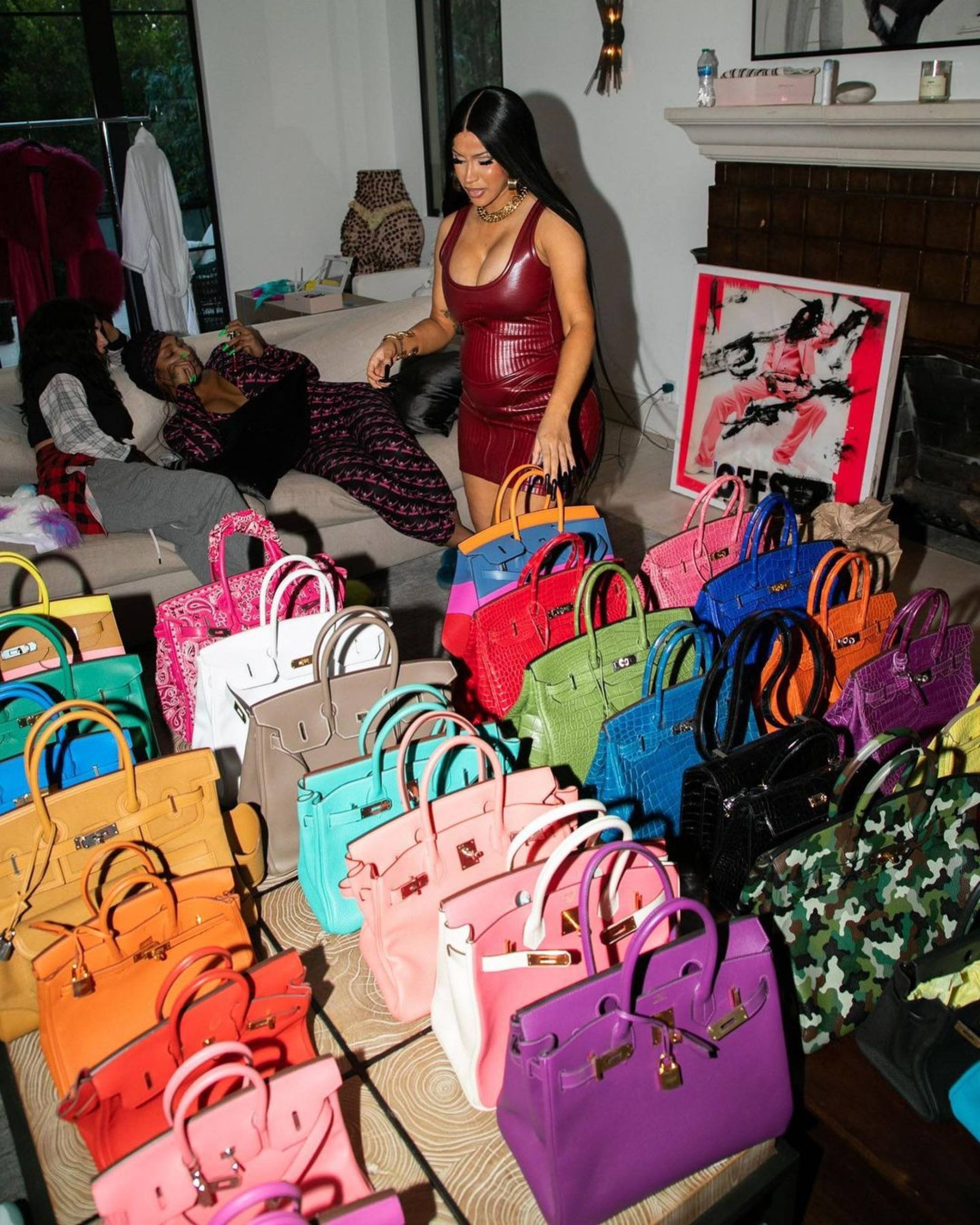3 biggest luxury fashion retail trends for 2023: Rolex just launched its pre-owned programme and basics will beat out OTT designs … but the ultra-rich will continue splurging on Chanel and Dior

Last year, about half of all adults living in the US between the ages of 18-29 were living at home, according to data from the US Census Bureau.

“That middle-income consumer is under a lot more pressure,” he said. “There are fewer dollars for all discretionary items.”
Still, the personal luxury market is projected to grow between 3 per cent to 8 per cent over the course of 2023, according to Bain & Co.
Remembering Vivienne Westwood, the fashion icon who was punk til the end

During times of financial stress, Chen suggested that the customers who continue to buy luxury – like the ultra-rich – will gravitate toward major designers like Chanel, Dior and Louis Vuitton over smaller designers.
“It’s just intensification of the bigger getting better,” Chen said.
We chatted with four experts, from former merchandisers to retail analysts, to understand how the luxury retail market is bound to change in 2023. Here are the top three trends they expect to see …
1. Resale will be bigger than ever

Luxury resale has long fallen under the domain of vintage boutiques, thrift stores and, more recently, online marketplaces like The RealReal and Vestiaire Collective.

All in the cut: the jewellery designers ditching the oval and pear stones of old
Two experts predicted that in the coming years, designer boutiques will be outfitted with their own resale section.
2. Customers want to return to basics

Over the past year, luxury fashion has revolved around “Zoom tops” – professional shirts suitable for remote work meetings – ruffles and over-the-top designs, said Brooke Cundiff, a former buyer for Saks Fifth Avenue who’s a co-founder of the e-commerce platform Cortina.
Cundiff contended that customers have grown tired of walking into a luxury department store and seeing extravagant items, like a sweatshirt, for US$1,000.

Now, customers – even the most high-flying ones – are looking for simpler, more tailored pieces they can wear repeatedly.
3. Mid-tier luxury might take a hit

‘The whole package’: meet Single’s Inferno’s fan favourite, Nadine Lee

But the “aspirational luxury customer” who may have used their discretionary income last year to buy a US$500 pair of shoes from a mid-priced designer might pull back, two experts noted.
Accessories are still likely to perform better than ready-to-wear items like apparel in a recessionary environment because of their longevity, said Cundiff.

- In the US, stimulus cheques helped beat inflation in the summer of 2022, with young consumers splashing out on Louis Vuitton bags, Versace belts and Gucci shoes
- Despite a looming recession, the luxury market is expected to grow in 2023 – but experts predict customers are gravitating towards Dior goods and Hermès Birkins over small brands